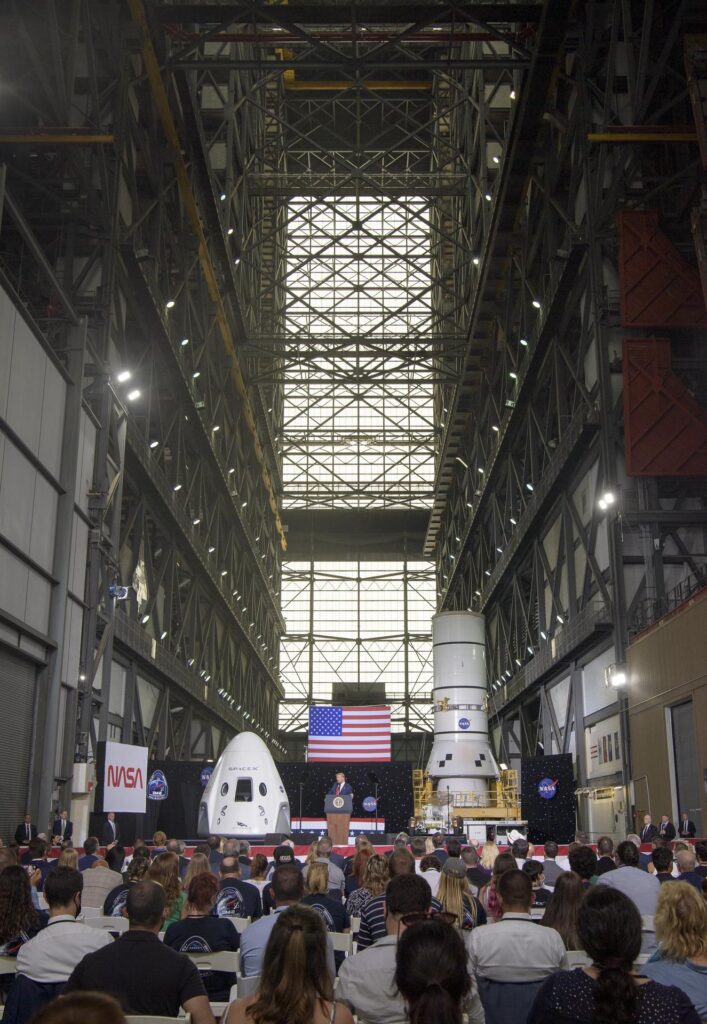A squishy, lightweight robot with complex sensors that can be dropped onto the moon or Mars from high above the surface one day is expected to help humanity perform science in rough terrains. Meanwhile, however, one such shape-shifting robot is helping first responders on Earth, too.
The spherical device is able to remotely gauge hazards and plan an approach for these responders before they enter areas hit by disasters like wildfires, chemical spills, crashes and potentially even war zones.
“We thought, wow, if we can do this on the Moon, we could do it on Earth and save some lives,” Alice Agogino, co-founder and CEO of California-based Squishy Robotics, said in a statement earlier this year. In 2014, NASA had awarded her team $500,000 to research the robot’s mobility when using gas thrusters, which could be employed to make the system hop on areas of the moon or Mars that are not easily accessible by astronauts.
The robot, which weighs less than 3 pounds (1.3 kilograms), can actually be attached to commercially available drones. It was deployed in February, for instance, from a drone that went to investigate the aftermath of a train carrying two propane tanks that derailed in Florida’s Manatee County. The robot assisted the first responders in monitoring air quality for evidence of gas leaks while the cars were being transported, according to a statement from Squishy Robotics.
Related: Japan’s SLIM moon lander is carrying this transforming ball robot (it’s not BB-8)

In a series of tests to assess the robot’s ability to endure long drops and tough environments, the device was also air-dropped two years ago from an airplane hovering 1,000 feet above ground. The robot’s skeletal, web-like structure is key to distributing the force upon impact, thereby protecting the sensitive sensors at its center — a principle known as tensegrity, which is short for tension integrity.
In another search and rescue training for first responders, the robot was squeezed into a confined space underneath a rubble pile to monitor air where a test victim was fake-trapped. It was even exposed to an intentional explosion in a testing chamber, though that chamber was inflammable.
While the box itself suffered some damage from the explosion, the robot not only survived with “all hardware intact,” but continued to stream data and video via its camera throughout the testing process, according to a statement put out earlier this year by Squishy Robotics. The company also interviewed 300 first responders as part of its customer discovery process to better understand where the robot could be of help in high-risk areas.

Related Stories:
The robot was originally built such that it could be flattened enough to be tucked into a spacecraft headed to the moon or Mars, as well as air-dropped from the spacecraft onto rough terrains. The goal was to have this bot gather valuable data about the local environment and perform science operations, according to the NASA statement.
In the past, NASA’s Curiosity and Perseverance rovers needed an elaborate, rocket-powered, flying crane to gently lower them onto Martian land. But these new impact-resilient robots that are tough enough to survive being dropped from orbit would make future space missions to our celestial neighbors more cost- and resource-efficient, scientists say.
“With tensegrity robots, the robot itself is the landing device,” Terry Fong, a chief roboticist in Intelligent Robotics Group at NASA’s Ames Research Center in California, said in the same NASA statement. “It could survive a fall from very high up and keep going.”


